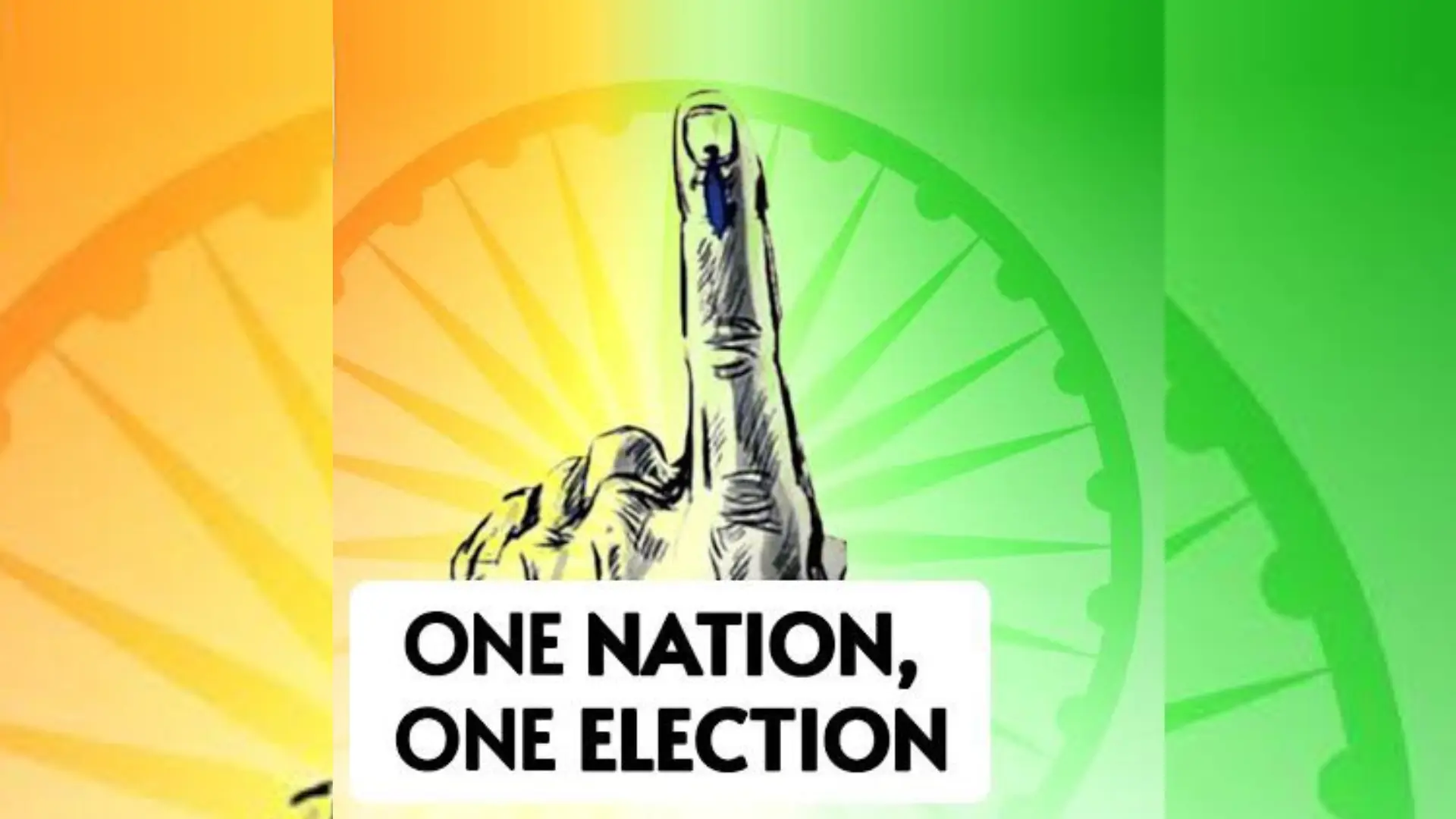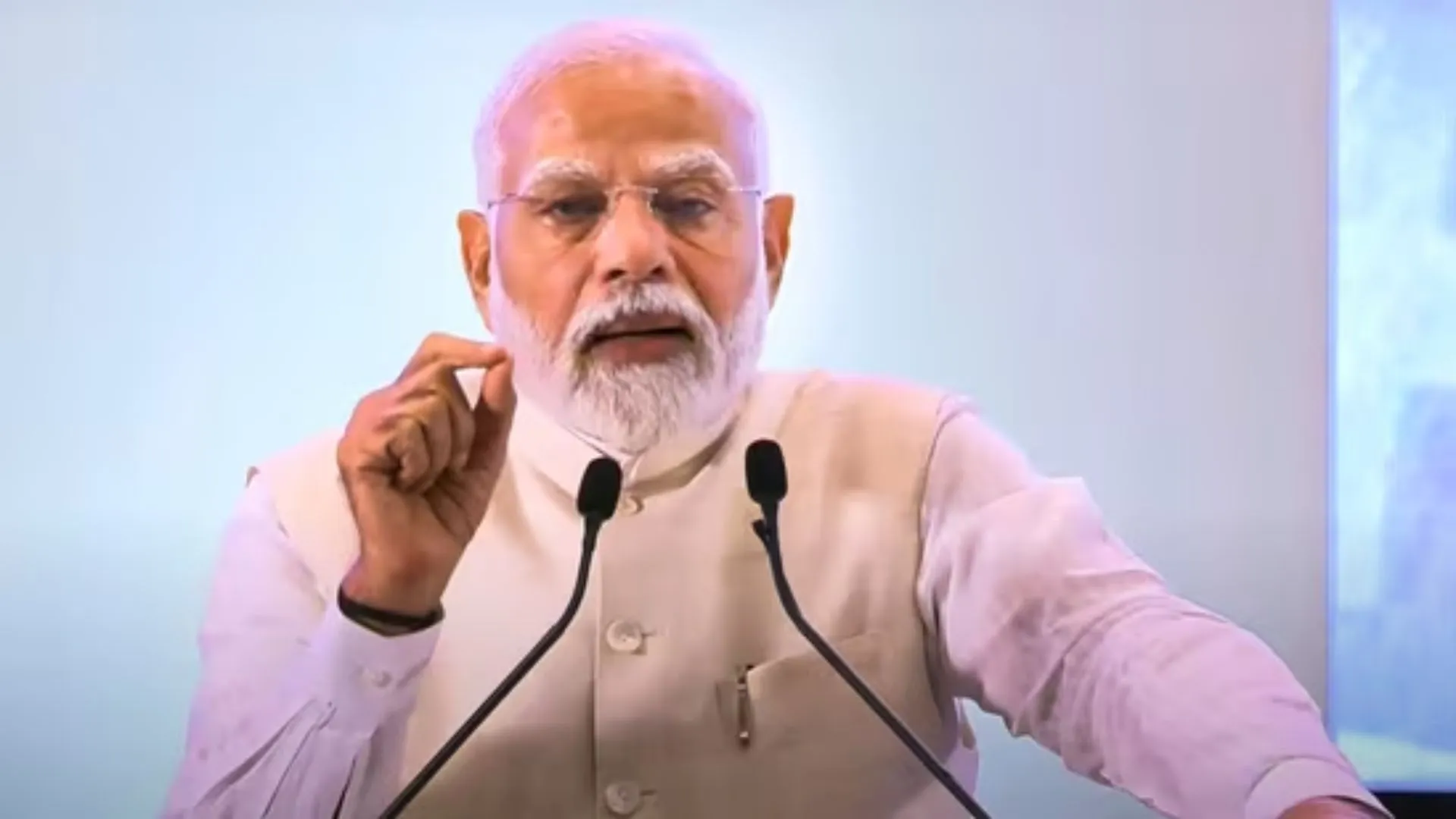The “One Nation, One Election” proposal seeks to synchronize national and state elections across India. The objective is to streamline governance, reduce the constant political cycles, and curtail the heavy spending that accompanies separate elections. At present, elections are held at different times, which not only prolongs political uncertainty but also leads to significant financial and social costs. By holding all elections together, both time and money could be saved.
Committee Findings: Financial Impact Cannot Be Fully Quantified
A high-level committee, chaired by former President Ram Nath Kovind, was formed to evaluate the potential impacts of the One Nation, One Election plan. The committee’s findings indicate that while some of the financial consequences can be measured, a large part of the impact remains unquantifiable. The report noted, “Some of the consequences are quantifiable, but a large part cannot be quantified, like the impact of uncertainty, the disruption of a harmonious social fabric, its impact on potential investors, and circumscribing the governance structure in detracting policymakers over multiple times from their basic functioning of governance.”
Economic Impacts: Boost to GDP
One of the key highlights of the Kovind Committee’s report is the potential economic benefits of simultaneous elections. The report projected that India’s national real GDP growth could be 1.5 percentage points higher in the immediate year following simultaneous elections, compared to a year with non-simultaneous elections. To put this into perspective, in the financial year 2024, 1.5% of the GDP amounted to approximately Rs 4.5 lakh crore. This figure is nearly half of the public expenditure on health and one-third of that on education.
Fiscal Deficit Concerns
However, the report also raised concerns about a possible rise in the fiscal deficit surrounding simultaneous elections. It was estimated that the fiscal deficit might increase by 1.28% in the two years both prior to and following elections. This increase is attributed to higher public spending during election cycles.
Rise in Government Expenditure
The data from the report revealed a 17.67% increase in government expenditure following simultaneous elections, compared to non-simultaneous election episodes. Interestingly, the spending pattern is skewed toward capital expenditure rather than revenue, indicating that the funds are more likely to be invested in long-term infrastructure projects, aligning with evidence of higher economic growth during these periods.
Impact on Investments: Reduced Uncertainty
Frequent elections contribute to uncertainty, particularly in terms of investments. The report estimated that the ratio of Gross Fixed Capital Formation (GFCF) to GDP is about 0.5 percentage points higher during simultaneous election episodes. This suggests that having synchronized elections could provide more stable economic conditions, encouraging investment.
Inflation: Decrease Post Simultaneous Elections
The analysis showed that inflation tends to decrease during both simultaneous and non-simultaneous election periods, but the drop is more significant when elections are held together. The difference in inflation reduction is estimated to be around 1.1 percentage points, contributing to a more favorable economic environment post-elections.
Overall Economic Gains
The findings present a clear economic advantage for One Nation, One Election. According to the report, simultaneous elections result in higher average real GDP growth at both the national and state levels, alongside a decrease in inflation compared to non-simultaneous elections. These combined factors suggest a healthier and more stable economic outlook post-election.
The High Cost of Elections
India’s election process is an expensive affair. A parliamentary panel revealed that the Election Commission of India spends over Rs 4,500 crore to conduct elections for the Lok Sabha and various state assemblies. This estimate excludes the additional spending by political parties and individual candidates, which significantly raises the total cost.
For the 2024 Lok Sabha elections alone, the Centre for Media Studies estimated that India spent Rs 1.35 lakh crore—double the amount spent during the 2014 elections. The financial burden of holding separate elections continues to be a concern, further highlighting the potential savings of One Nation, One Election.
What Lies Ahead: The Road to Implementation
The Kovind Committee submitted its detailed 18,000-page report to President Droupadi Murmu on March 14, 2024, outlining a plan to introduce One Nation, One Election by 2029. For this plan to materialize, certain state legislative assemblies would either need to extend their terms or dissolve early to align with the national election schedule.
The report recommends 18 constitutional amendments to make this possible. Key changes would include amendments to Article 83, which governs the term of Parliament, and Article 172, which regulates the term of state assemblies. Moreover, local elections would need to be synchronized as well. The report proposed a new Article 324A, which would allow for simultaneous elections for panchayats and municipalities, creating a more unified election system across all levels of government.
Coordination and Challenges
Implementing One Nation, One Election would require significant coordination between the central and state governments, as well as the Election Commission of India (ECI). Additionally, a common voter roll and a standardized voter identification system would need to be developed to ensure consistency and efficiency across all elections.
If successfully implemented, the One Nation, One Election proposal could reshape India’s electoral landscape. While the economic benefits seem clear, there are still challenges to be addressed, including political consensus and the logistical hurdles of conducting synchronized elections at such a massive scale. Nonetheless, this reform has the potential to reduce election costs, streamline governance, and create a more unified and efficient electoral process for the country.
ALSO READ: PM Modi Attends National ‘PM Vishwakarma’ Programme Exhibition In Wardha

















